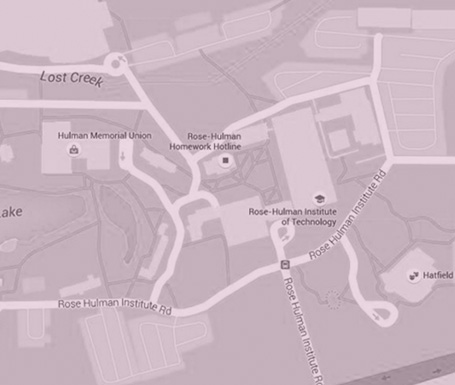This is our 34th consecutive conference, and we look forward to hosting you on the beautiful Rose-Hulman campus.
The vision for the Rose-Hulman Undergraduate Mathematics Conference is to provide a venue to highlight and celebrate the accomplishments and work of undergraduate mathematicians and statisticians. The conference is put on largely by undergraduates for undergraduates. The topics of the 2017 conference are big data, data science, statistics, and modeling, with particular attention paid to the intersection of these topics with the biological sciences. The official conference catchphrase is Exploring the Crossroads of Mathematics, Biology, and Medicine.
Registration Information:
Online Registration will open on February 1, 2017. For the first time in several years, we need to institute a $10 registration fee for all participants. However, Sandia National Laboratories has graciously agreed to cover the registration fees for all participants that register prior to the early registration deadline of April 7, 2017. All registrations occurring after the registration deadline need to be done in person at the conference and will need to pay the $10 registration fee.
Invited Speakers
Meg Ehm
Title: Use of Human Genetics in Drug Discovery & Development
Mark Inlow
Title: New Mathematical and Statistical Analyses of Alzheimer's Brain Atrophy
Key Dates
Registration opens: February 1
Early Registration Ends: April 7
Abstract Submission Deadline: April 7
Online Registration Ends: April 17
Conference Dates: April 21-22, 2017






